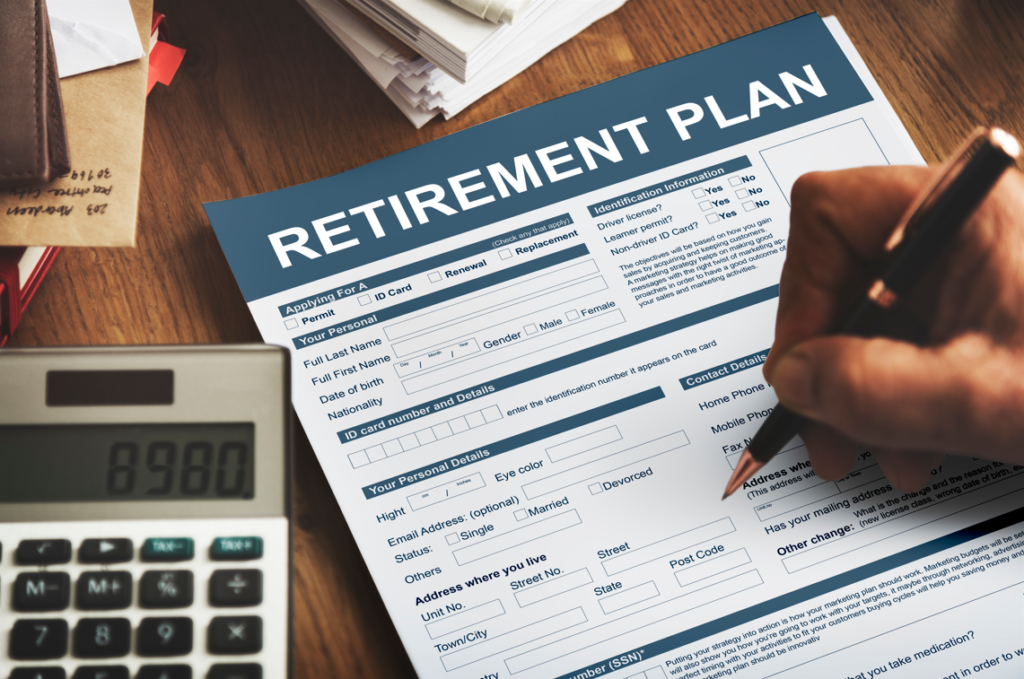Other than Social Security, many retirees have no source of guaranteed income other than retirement savings. Plus, unlike previous generations, you may not be covered by a pension plan at work, so chances are you’re going to have to rely on your own efforts to overcome the following five challenges:
Challenge #1: Longevity
According to the Society of Actuaries, a man in his mid-50s today has about a one-in-three chance of reaching age 90, while a woman of the same age has a roughly 50% chance.
What this means is that you may very well spend as many years in retirement as you did during your career. That means generating enough income to meet day-to-day expenses for possibly 30 years or more—an especially daunting challenge in an environment where few sources of guaranteed income are available to you.Challenge #2: Volatility
Market swings and “Black Swan” events are always a possibility. Black Swan events are best described as 9/11, the real estate bubble that led to the Financial Crisis and the coronavirus pandemic. In short, Black Swan events are those that defy our ability to predict them.
When they occur, they can have a profound impact on financial markets. These days, trading is often conducted electronically at lightning fast speeds among numerous participants around the world. In addition, trading doesn’t stop when the market closes, and the advent of social media has accelerated the speed at which decisions are made. Put it all together and the climate is conducive to greater volatility than we’ve experienced in the past.Challenge #3: Inflation
Inflation is the rate at which the prices of goods increase on an annual basis. It’s hard to believe, but on January 1, 1981, the U.S. inflation rate was a whopping 13.9%. After hovering between 1% and 3% for much of the past several years, it has risen substantially in 2021.2 But, even relatively low rates of inflation can have a harmful effect on your purchasing power over time.
For example, $1,000 today will only be able to purchase $552 in goods 30 years from now with a 2% annual inflation rate. With a 3% rate, that $1,000 will only buy you $412 worth of goods. And if inflation goes up to 5% or 6%, the results could be far more drastic.
For many retired people, higher inflation is especially difficult because they may be living on a fixed income that can’t support rising costs. In addition, many of the goods and services most often used by retirees are already experiencing greater-than-average price inflation.
Health care costs, for instance, can be particularly onerous. On average, a 65-year-old couple in good health who retired in 2019 with Medicare Parts B and D and supplemental insurance coverage could expect to pay $387,644 for healthcare costs for the remainder of their lives, according to HealthView Services.Challenge #4: Taxation
If you’re in a high tax bracket, you have to be especially aware of how your assets are invested. Many hedge funds and mutual fund managers, for example, fail to consider taxes when they’re seeking profits. Portfolio turnover can be high and short-term capital gains, which are taxed as ordinary income, are often generated in abundance.
Mutual funds may also throw off what is sometimes called “phantom income.” These are distributions of dividends and/or capital gains that are reinvested in additional fund shares. You never really see them, but you’re taxed on them anyway. In fact, many investors find themselves paying taxes on capital gains distributions even while their fund shares have declined in value for the year.Challenge #5: Leaving a Legacy to Loved Ones
For many Americans, even if they have enough income to comfortably meet retirement expenses, leaving a legacy is still a primary concern, particularly as it relates to estate taxes. Federal estate tax alone can reduce the bequest you hope to leave someday. Depending on which state you live in, erosion can be even more profound.
What to Do in Retirement
- Years ago, once in retirement, an oft-used strategy was to reallocate your portfolio from predominantly equities to predominantly fixed income and to live on the interest generated by these holdings. With today’s interest rates near record lows and life expectancies expanding, this strategy may no longer be viable.
- One potential strategy is the “4% rule of thumb.” By withdrawing 4% a year from your retirement assets, you aim to avoid depleting your nest egg for approximately 25 years. The 4% comes from a statistical analysis technique called Monte Carlo simulations. This strategy, however, is not foolproof. There’s always the chance that you could live longer than 25 years after retiring and run out of money at age 90 or so.
- In a time when guaranteed retirement income for most people is limited to Social Security, this 4% rule may not be viable for every investor. Certainly, it offers a number of benefits. You can invest in whatever you want and withdraw more than 4% on occasion, if your investments are performing well. But will you have the discipline to reduce withdrawals in years when the market declines? And will you be lucky enough to avoid losses in the early years of your retirement?
Identify Sources of Guaranteed Income
Another idea that might make sense for at least part of your retirement nest egg is variable annuities. Issued by insurance companies, variable annuities offer a variety of professionally managed investment options. Like a 401(k) plan or IRA, assets in a variable annuity grow tax-deferred until they are withdrawn by the contract owner. When the time comes to retire, you can elect to receive life contingent income distributions. Depending on the specifics of the rider you select, you may be able to receive income that is guaranteed to last for as long as you live.
Consider How You’ll Pay for Care
Nobody wants to think about having to rely on others for care, but it’s essential to plan ahead for such a possibility, especially for later in life. The cost of long-term care services—whether provided in the home, at a community facility or in a nursing home—may not be covered under major medical plans or Medicare and often exceeds what the average person can pay from income and other sources, particularly in retirement. One alternative to paying entirely out of your own pocket is long-term care insurance. By paying an annual premium, you can transfer the risk to an insurance company and help protect your assets from rising health care costs. Life insurance or annuities with a long-term care rider are another option for helping cover these expenses.
There’s More Than One Way to Overcome Challenges
Variable annuities, long-term care and other forms of insurance may be valuable tools, but they aren’t always the right ones for every retiree. Talk to your Morgan Stanley Financial Advisor about what options can be an integral part of your retirement planning.





